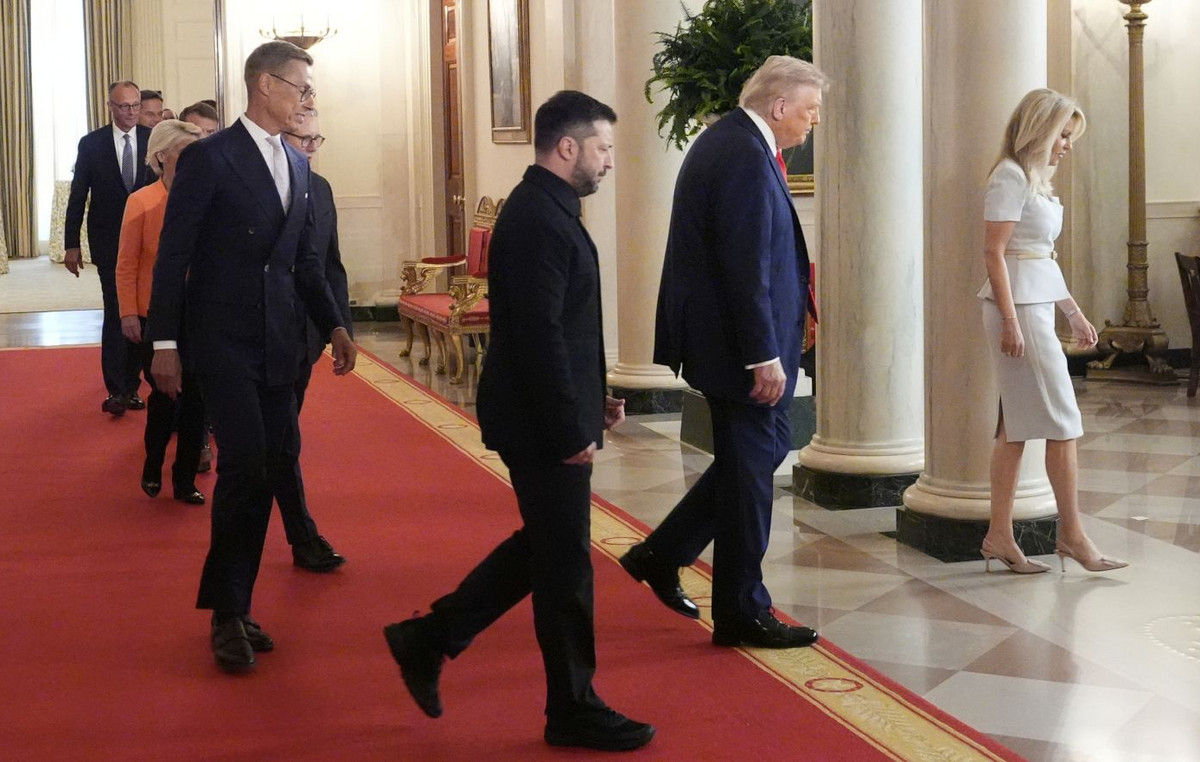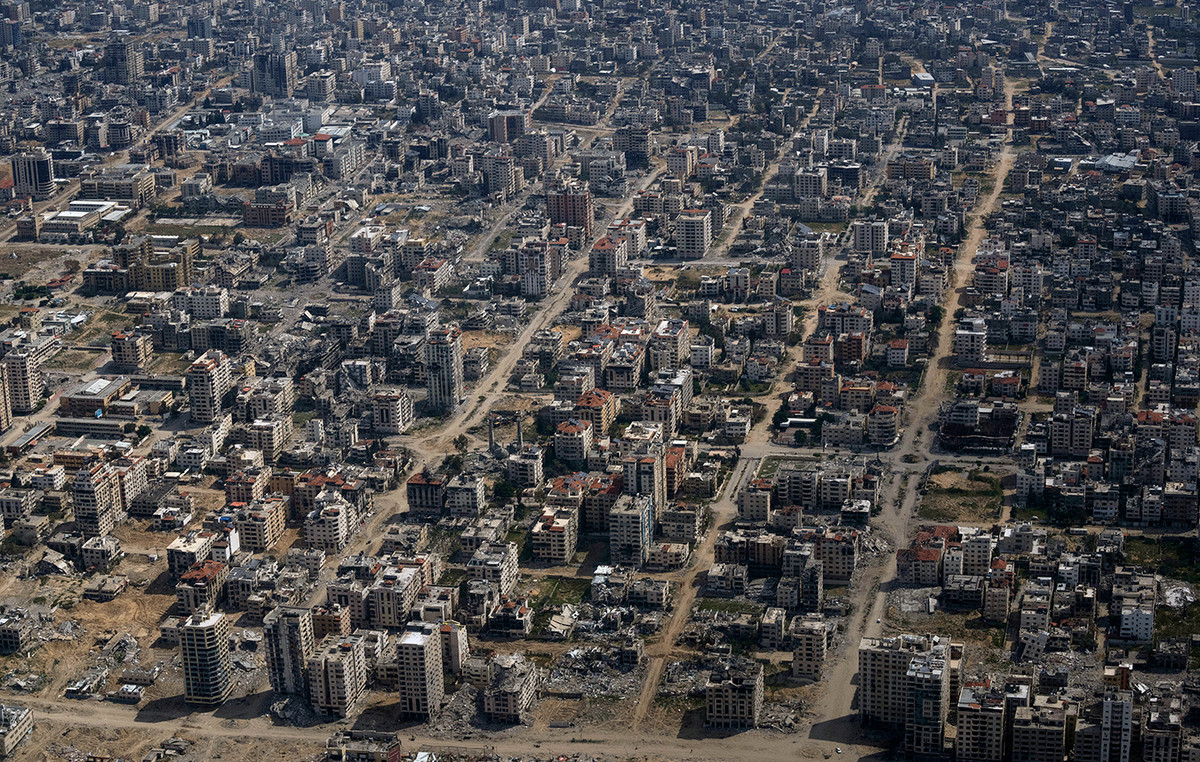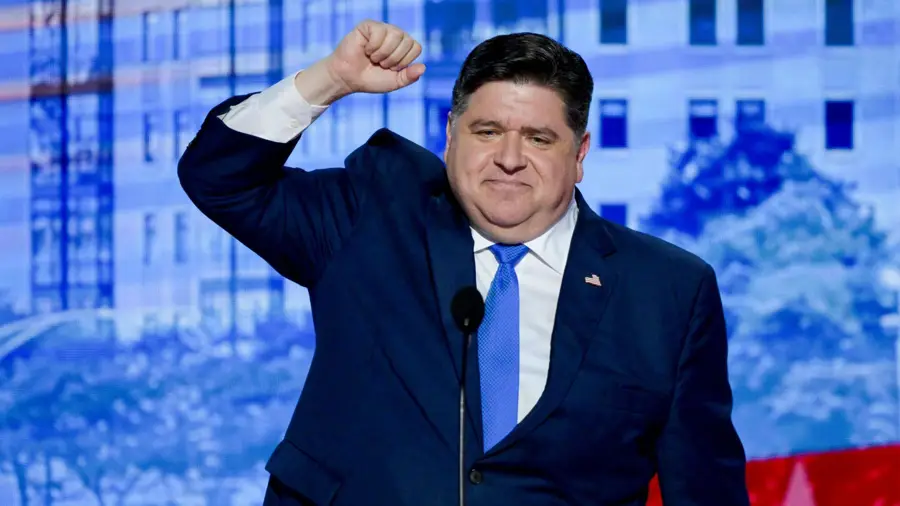THE National Electric Energy Agency (Aneel) announced a readjustment in the values of the tariff flags this week, with the start of validity from July this year.
The green flag, in effect for the time being until the end of July, continues at no additional cost, but the yellow and red flags have increased, in some cases exceeding 60% of the previous values.
The increase for the yellow flag was 59.5%, from R$1.874 for every 100 kilowatts (kWh) consumed to R$2.989. The increase was higher for red flag 1, whose value went from R$3,971 to R$6,500 per 100 kWh – an increase of 63.7%.
Finally, the most expensive level of the last flag, red 2, went from R$ 9,492 per 100 kWh to 9,795, configuring an increase of 3.2%.
Aneel stated that it resumed the method used to calculate the values that had been used since 2016, interrupted due to the water shortage period in 2021.
According to the Agency, a readjustment was necessary due to the period of water scarcity observed in 2021 and the high inflation.
“The increase in values is due, among other factors, to data from the energy purchase market during the period of water scarcity in 2021, the cost of thermal dispatch due to the high cost of fuels and the monetary correction by the National Index. Consumer Price Index (IPCA), which ended 2021 with an increase of 10.06%”, highlighted Aneel.
Inflation
Electricity was one of the “good guys” in the May IPCA release. The category was the main responsible for the fall in the housing group, being the second consecutive month that the item presented a decrease, this time of 7.95%.
With the end of the water scarcity flag on May 16, consumers stopped paying BRL 14.20 for every 100 kWh consumed.
Electricity variations ranged from a 13.49% drop in Brasília (where there was a reduction in PIS/Cofins) to a 6.97% increase in Fortaleza, due to the 24.23% readjustment in residential tariffs, as of April 22nd.
Other Brazilian capitals also registered tariff adjustments in their electricity bills. They are: Recife: (3.27%), with a readjustment of 18.77%, in effect since April 29; Salvador (2.56%): readjustment of 20.97%, in effect since April 22; Aracaju (0.79%): readjustment of 16.81%, as of April 22; and Campo Grande (-1.63%): readjustment of 17.14%, as of April 16th.
What are tariff flags?
Created by Aneel, the tariff flag system signals the real cost of the energy generated, enabling consumers to make good use of electricity. The cost is paid immediately in the energy bills, which exempts the consumer from paying interest at the Selic rate on the cost of energy in the tariff readjustment and tariff review processes.
Aneel estimates that, since the banners were created, they have generated savings of R$ 4 billion for consumers across the country, because they avoid the incidence of interest on generation costs at less favorable times.
“The banners give transparency to the real cost of energy and allow consumers to program themselves and have a more conscious consumption. Before, he didn’t know that energy was more expensive. Now he knows and can program himself. If the flag is red, he knows that it is convenient to save money, have a more conscious consumption and avoid wasting water and energy”, highlights the Agency.
Source: CNN Brasil
I’m James Harper, a highly experienced and accomplished news writer for World Stock Market. I have been writing in the Politics section of the website for over five years, providing readers with up-to-date and insightful information about current events in politics. My work is widely read and respected by many industry professionals as well as laymen.







